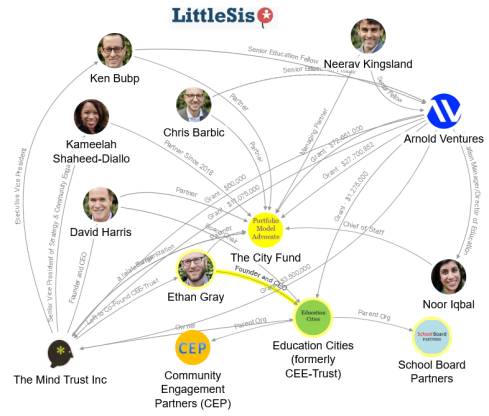“What will it take to fully resource Safe and Supportive Schools in SFUSD?”
More readers weigh in on Restorative Practices…
Since I last reblogged a letter (read it in my last post) I received in response to my questioning of SFUSD staff about the Safe and Supportive Schools Policy at a recent Board Meeting, I have received even more feedback. I really respect the time, thoughtfulness and courage they shared in responding to my question: What will it take to fully resource this important policy in our district?
If you haven’t been following this topic, I’d suggest you start at the previous post in this series. I’ve also created a new category: “Safe Schools” and tags: “Restorative Practices” “Safe and Supportive Schools” and “Bullying” so readers can follow all content I post on these topics.
The first response comes from an SFUSD educator. It reads:
“Another experienced teacher seconding every point the letter writer makes. RP on the cheap – which is what we have now – is not restorative or just.
I had a very strong negative reaction to the district seeming to claim implementation is going just great, training the trainers is the way to go, etc. because I feel like they are being disingenuous.
I know from discussions with colleagues who have limited training in RP that this message is not what they want to hear. And people who oppose RP for whatever reason hear this from the district and conclude that RP is unworkable/no consequences. Which thereby decreases support for restorative justice.
There is also no support for getting staff to use restorative practices for staff discussions and issues. When I was originally trained, the importance of staff internalizing the process and building capacity/trust/belief was strongly recommended as a first step. I don’t think this happened.
My experience of RP training is that restorative justice can surface implicit white supremacy, and that naming it and pushing back (using restorative CONTINUE READING: "What will it take to fully resource Safe and Supportive Schools in SFUSD?" - SF PUBLIC SCHOOL MOM



















